DIY Easter Egg Dye Recipe for Hoppin' Holiday Fun
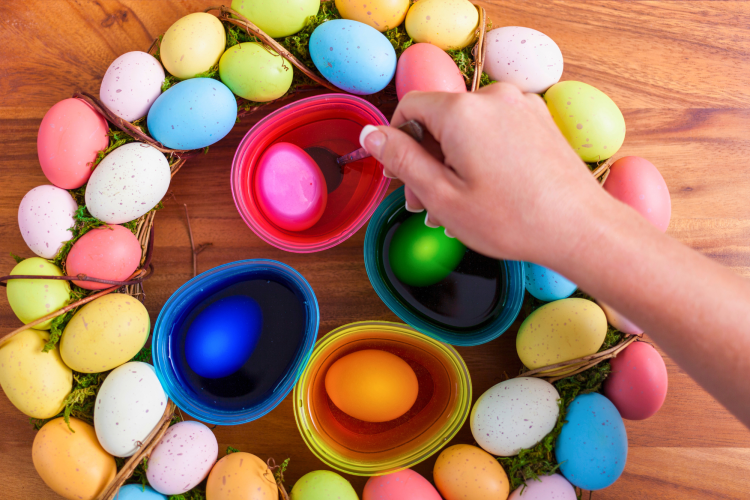
If you've snatched yourself some affordable eggs and you're looking for ways to bring a little color to hunt, learning how to create Easter egg dye is the way to go. You could always paint your eggs or egg substitutes as fun Easter craft ideas but dyeing them is less of a hassle if you're in a rush. How do you make Easter egg dye? Let's explore the different recipes, ingredients and tips for your homemade burst of color.
Jump to Section
How To Make Easter Egg Dye
Homemade Easter Egg Dye Kit
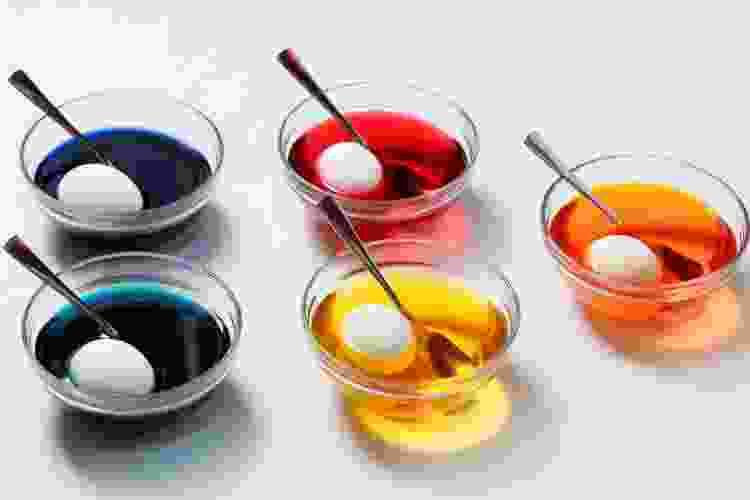
Most prepared egg dyeing kits can be found on Amazon or at Walmart with brands like PAAS. Store-bought kits include color cups, dye tablets, egg dippers, crayons and egg stands. If you would rather support your local craft store, you could always head over to stores like Staples or Joann Fabrics. While you're there, collect a few more items to glam-up your eggs like white glue, glitter and Sharpies.
For a homemade Easter egg dye kit, you can go all natural. Most of the ingredients can be bought at your local supermarket or farmers market. Essentials include the following.
Equipment:
- Bowls or cups for mixing colors and dunking eggs
- Paper towels for drying
Ingredients:
- 6 eggs, hard-boiled, unpeeled – white or brown
- 2 cups of water, either still or boiling based on whether you're working directly with store-bought food-safe dyes or natural dyes
- distilled white vinegar (about 1 tsp)
- a neutral oil, such as vegetable oil (about 1 tbsp)
Top tip: For light, pastel colors, white eggs are the best choice. For deeper, richer colors, brown eggs will be what you want. If you have brown eggs, but you want lighter-colored eggs, you could try soaking the hard-boiled brown eggs in white vinegar for five minutes before the dyeing process. Wipe them down with a clean cloth and the brown color will be removed to the point of a much lighter egg-shell color.
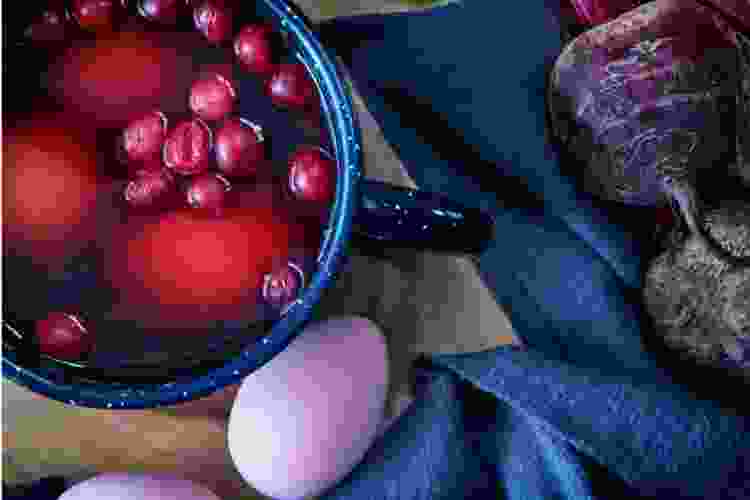
If you intend to make natural Easter egg dye, rather than using food dye, you'll need some extra items.
For equipment, you'll need:
- A saucepan with a matching lid
- Fine-mesh strainer
- A second saucepan or bowl
- A baking dish or other container
For ingredients, you'll need a variety of vegetables, which will be listed in the Recipes section below.
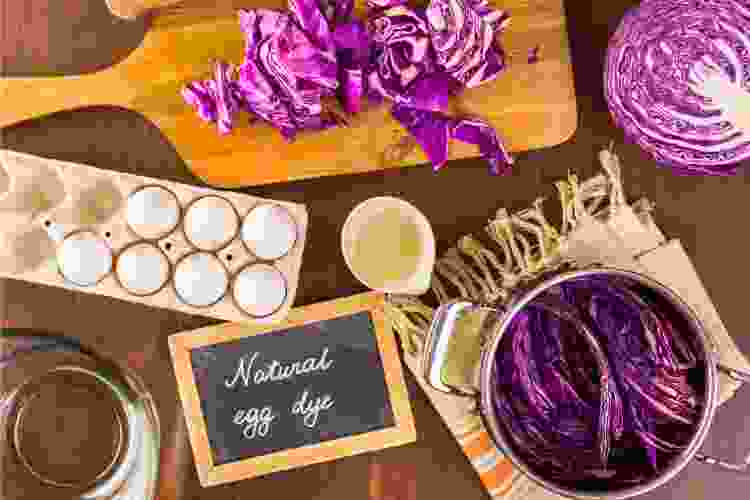
If you plan to use food coloring, you'll want about ten drops of food coloring per dye bath (per color that you want to dunk eggs in). Mix new colors or use the standard food dye colors — there are ideas for this in the Recipes section below, as well!
Optional equipment for fun egg additions might include:
- Glitter
- White craft glue
- Sharpies
- Wax paper
Easter Egg Dye Recipe
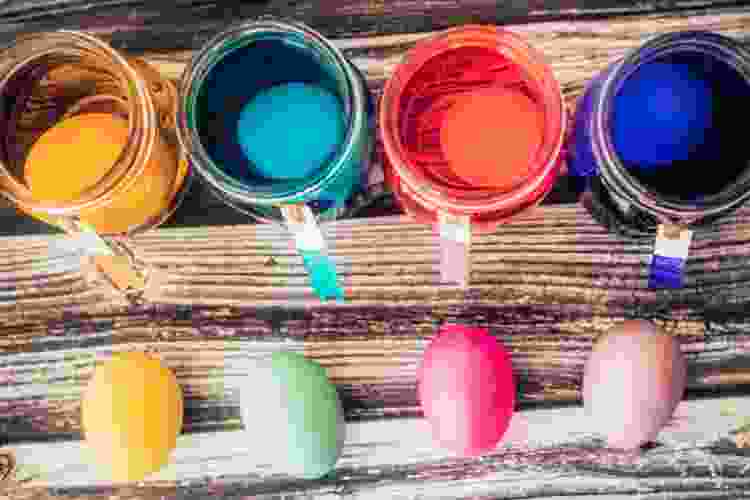
Natural Easter egg dye takes longer to make than Easter egg dye with food coloring, but it might be worth it for the richer colors and more sustainable practices. That's not to say that it isn't safe to eat eggs dunked in baths made with food-safe dyes, just make sure to read the labels when you're purchasing and store the completed eggs in the fridge.
If you have food dye, you can jump straight to playing with color combinations:
- For a grass-like green, mix 3 drops of blue, 12 drops of green and 6 drops of yellow.
- For a deep purple mix 10 drops of red and 4 drops of blue.
- For a bright yellow, mix 45 drops of yellow and one of red.
Often, food dye packages include color combination suggestions or a website link with thousands of more tried and true color options. You could also experiment but don't forget that mixing complementary colors results in brown (such as red with green or yellow with purple).
To create natural egg dye colors, you'll want ingredients such as:
- 2 cups shredded beets (for reddish pink on white eggs or maroon on brown eggs)
- 2 cups of red onion skins (for a dark orange on white eggs or red on brown eggs)
- 2 cups of yellow onion skins (for orange on white eggs or a brownish red on brown eggs)
- ¼ cup of ground turmeric (for yellow eggs)
- 2 cups of chopped purple cabbage (for blue on white eggs or green on brown eggs)
- To create a green color on white eggs, do a soak in the purple cabbage and then another in the turmeric
- 2 cups of blueberries (also for blue eggs)
- 2 cups of dried hibiscus flower (for lavender or indigo color eggs)
One color ingredient at a time, simmer with 2 cups of water (covered) in a saucepan for 15 minutes to a half hour. Strain the liquid with the fine mesh strainer and pour the remaining liquid into a bowl or cup, along with a single tablespoon of distilled white vinegar.
Whether you're working with a natural Easter egg dye or Easter egg dye with food coloring, the longer the egg spends in the color bath, the more vibrant the color will look on the egg once it dries. Don't forget to add stickers or tape spots beforehand if you want to create funky patterns like polka dots. Once you're done you can use Sharpies, paint or glue with glitter to add charming decorations.
DIY Easter Egg Dye Instructions
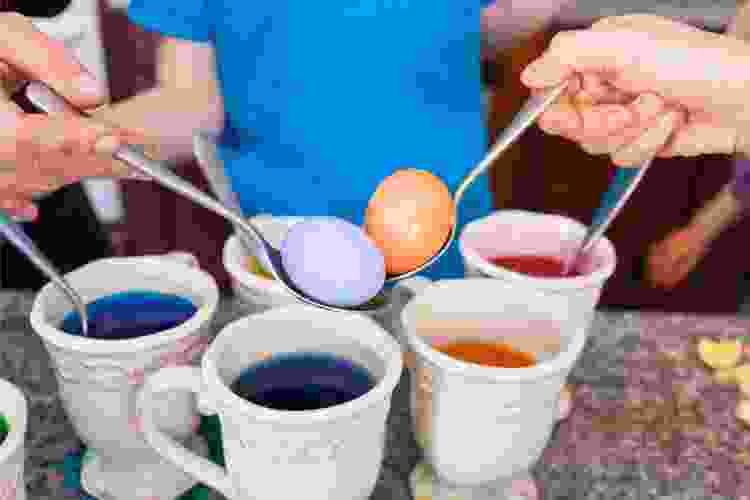
Follow these instructions to create your own Easter egg dye:
- Once you have your food dye ready to go, whether store-bought or natural, the first step is to combine with vinegar in separate cups based on the colors you're creating. With store-bought dye, you'll need to combine each cup or bowl of 10 drops of food coloring with a half cup of boiling water and 1 teaspoon of vinegar.
- Make sure your hard-boiled eggs have reached room temperature before dying to avoid cracked shells during the dyeing process.
- When the eggs are ready, placing the eggs one at a time in a large whisk or tongs helps you keep your fingers free from dye and can also help you to only dye part of each egg at a time. There are also egg holders to serve this purpose, which you can purchase on Amazon, at Walmart, and sometimes at your local grocery store or a convenience store like CVS or Rite Aid. You'll want to dunk in each color for a minimum of three minutes to really let the color set in.
- Place your eggs on paper towels to dry.
- If the color doesn't seem deep enough once the eggs have dried, try doing another soak or two.
- You could gently rub your finalized egg in vegetable oil to give it a polished look or choose other forms of ornamentation.
- Decorate with Sharpies and more! To add glitter after, use a paintbrush to paint glue on and sprinkle the glitter on top. For this project, you may also want to let the eggs dry on wax paper, as it will be easier to remove the dried eggs than glued-on paper towels.
Easter Egg Dye FAQs
Should You Dye Easter Eggs Warm or Cold?
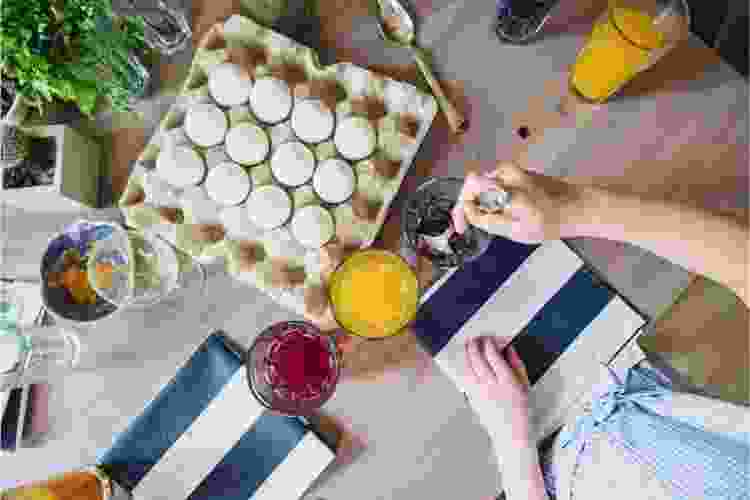
Usually, the recommendation is that the hard-boiled eggs should be cold or room temperature before dyeing, because the cold makes the dye stick to the shell. However, you can use room temperature or warmer if the dye bath is still hot. This will help avoid the eggshell cracking during the dyeing process.
Why Add Vinegar to Easter Egg Dye?
Vinegar helps to bring the acidic dye of the food coloring to a lower pH level, which in turn helps the dye to stick to the eggshell. The fun science behind this has to do with protons and neutrons and the way they are magnetically activated (protons have a positive electromagnetic charge, neutrons have a negative electromagnetic charge) — opposites attract and the vinegar activates proteins in the eggshell to have a positive charge, while the food dye has a negative charge — this helps the dye cling to the eggshell! The vinegar also keeps the dye color bright and prevents multiple colors from running together. Not to mention it makes the food dye itself taste a bit bitter, so it's less likely to be consumed instead of used as an egg bath, as intended.
Can You Color Eggs Without Boiling Them?
While it may be possible to dye eggs without first hard-boiling them, it seems like something to avoid. Hard-boiled eggs are much less fragile than raw eggs, which makes the dying process easier to complete (you and any children involved don't have to be quite so gentle) — not to mention the use of stickers, crayons, Sharpies and more that would certainly crack the fragile exterior of a raw eggshell.
It's incredibly fascinating what you can build with some vegetables, eggs, vinegar and a little time. Memories are so special and spending time with family and friends decorating eggs for the holiday is a splendid way to celebrate. Homemade egg dye kits can also make for superb Easter gifts or Easter party ideas, if you're looking for something different to do with friends.
For even more fun Easter ideas, check out other experiences happening on Classpop!

